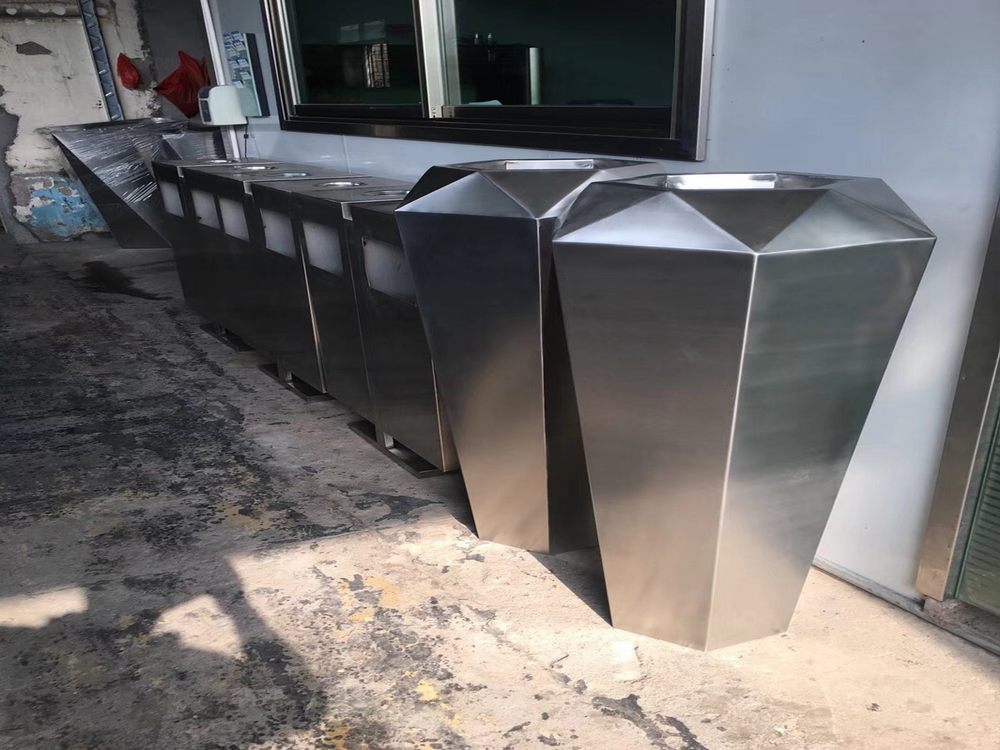
Wood carvings serve diverse purposes, with distinct characteristics separating pieces designed for temporary versus permanent display. Temporary wood carvings prioritize immediate visual impact over longevity, often using softer woods like pine or basswood that are easier to carve but less durable. These pieces frequently feature simpler designs and minimal protective treatments, as they're intended for short-term exhibitions, seasonal decorations, or ceremonial purposes.
Permanent display carvings demand meticulous craftsmanship and durable materials. Hardwoods such as oak, teak, or mahogany are preferred for their resistance to decay and insects. Artisans employ advanced techniques like joinery and undercutting to enhance structural integrity. Permanent pieces receive multiple protective layers - from specialized oils to varnishes - and may incorporate metal reinforcements for added stability.
The finishing process differs significantly between the two. Temporary carvings might use basic stains or paints, while permanent works undergo extensive surface preparation and often feature intricate polishing. Environmental considerations also vary: permanent outdoor carvings require weather-resistant treatments absent in temporary indoor pieces.
Understanding these differences helps collectors and artists make informed decisions about materials, techniques, and preservation methods based on their display needs and artistic intentions. Whether creating a fleeting festival piece or an heirloom sculpture, recognizing these distinctions ensures the artwork fulfills its intended purpose beautifully.

